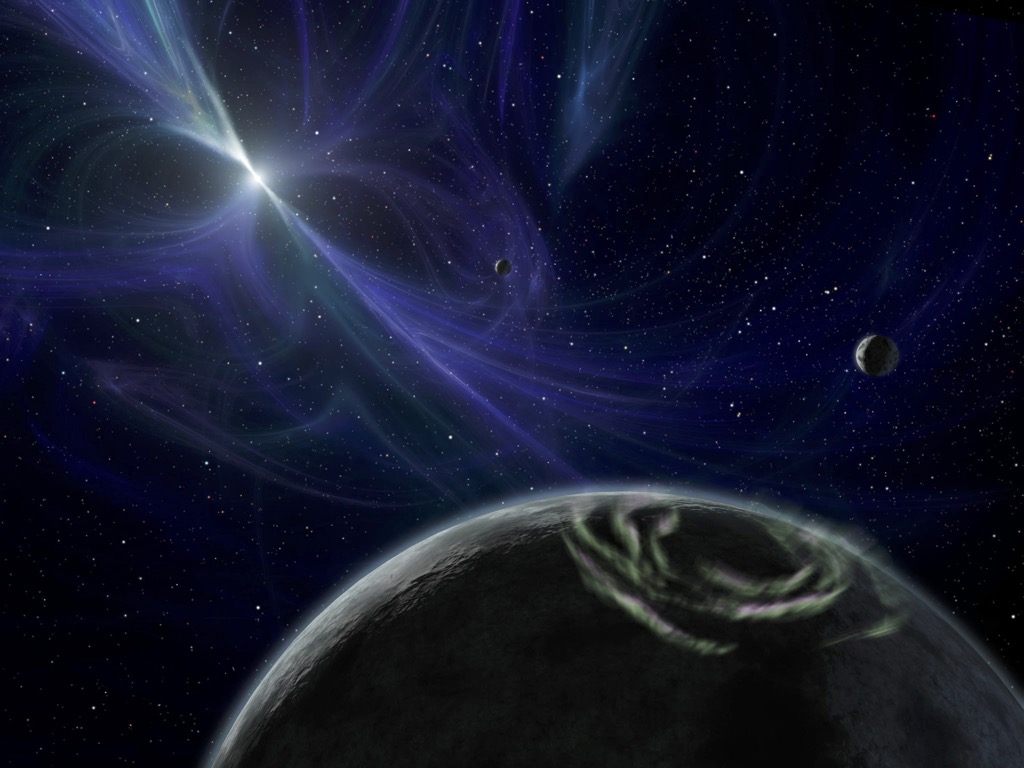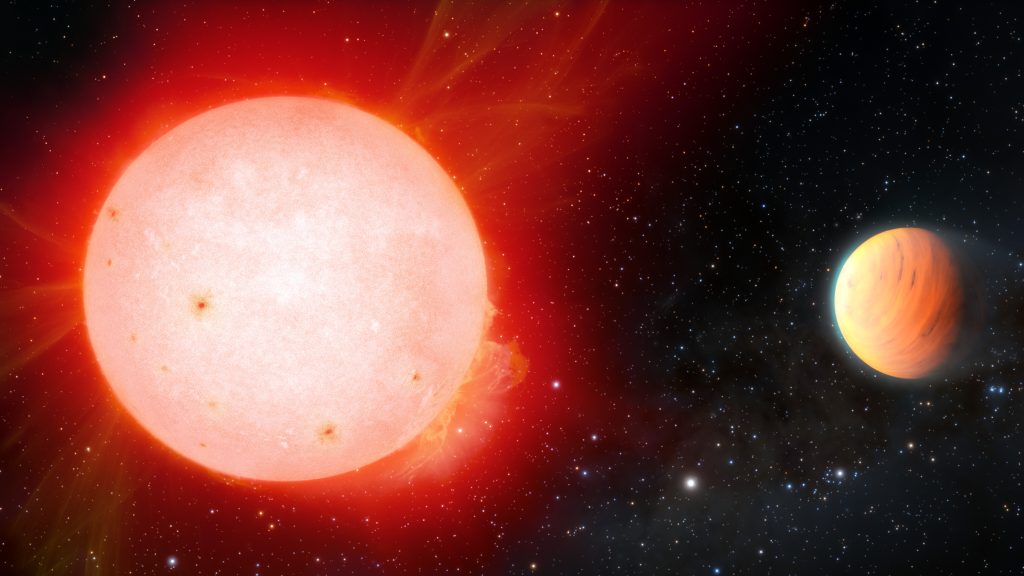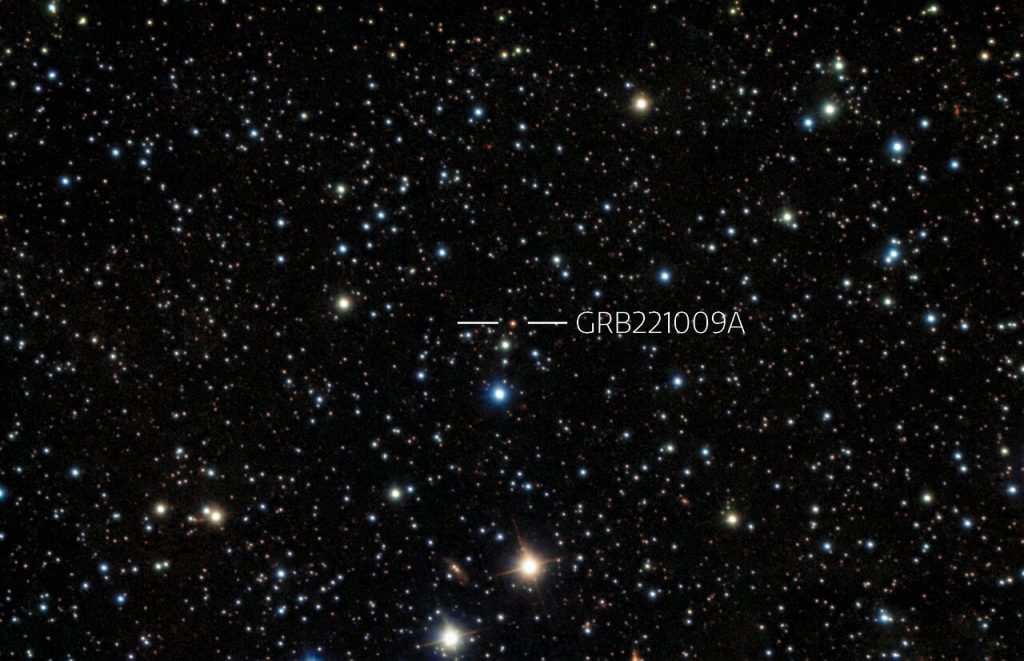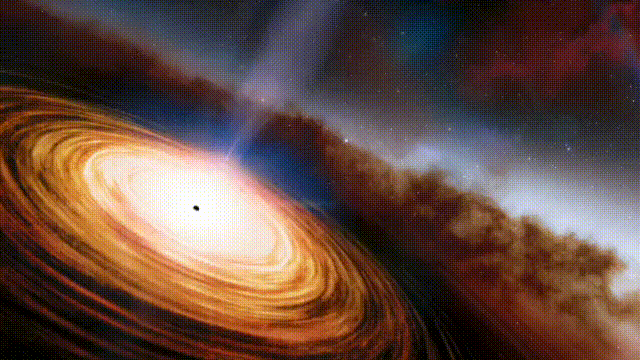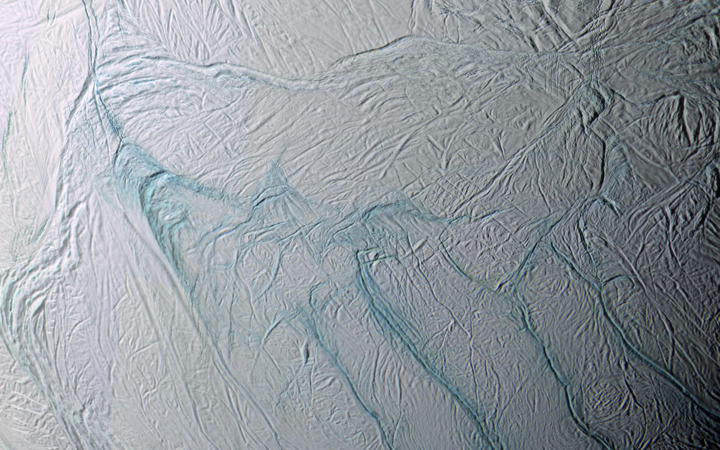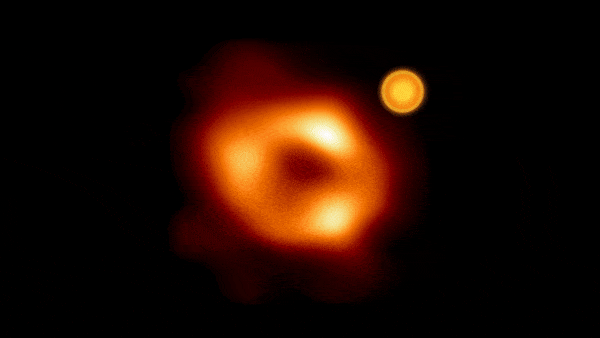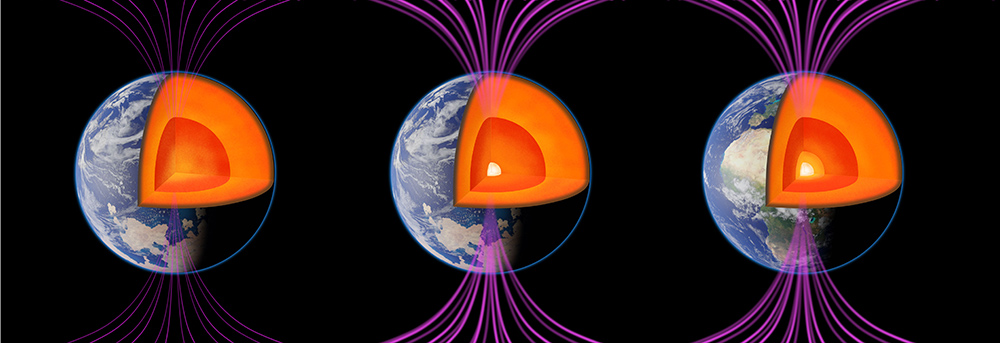Neutron star light – or something completely different?
Stars that are at least about three times heavier than the sun suffer a spectacular end. They manage to use all elements up to iron as fuel in different shells in their interior. Their core, which is only 10,000 kilometers across, then usually consists of iron and heavier elements. What happens to the dying star now depends mainly on this core. When it exceeds the Chandrasekhar limit of 1.44 solar masses, its matter can no longer resist its own gravity - and the star collapses into a neutron star. (more…)

